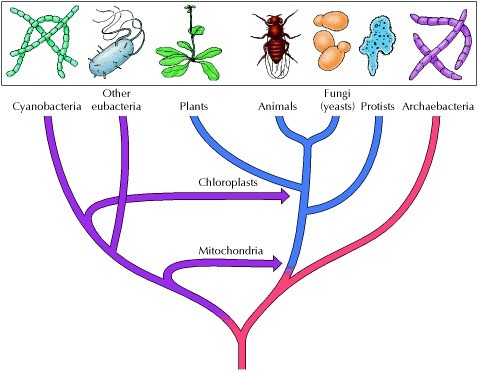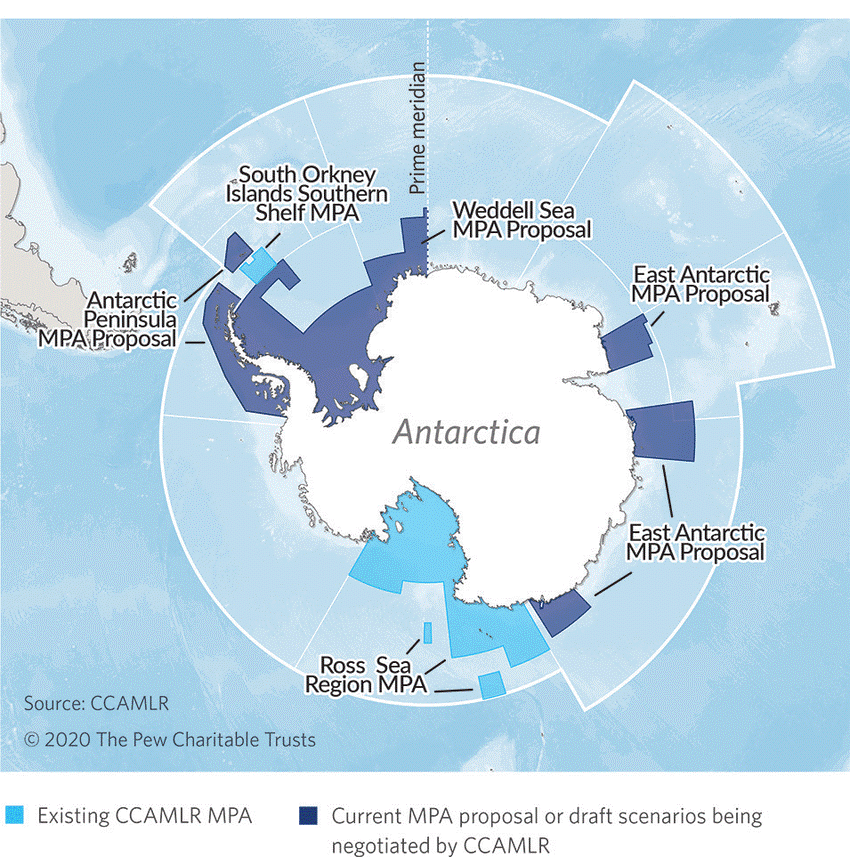Rani Durgavati
Prime Minister concluded the 6-day Rani Durgavati Gaurav Yatra launched by Shivraj Singh Chouhan, Chief Minister in Madhya Pradesh.
- She was born in 1524, in Mahoba’s Chandela dynasty, the present-day Uttar Pradesh, near the southern border with MP.
- The Chandelas were known for building the famous Khajuraho temples in the 11th century.
- She was married to Dalpat Shah who belongs to Garha-Katanga kingdom, consits Narmada Valley and parts of northern MP.
- In 1550, Dalpat Shah was died and then she then ruled the country in name of her son Bir Narayan.
- Ministers Adhar Kayastha and Man Thakur helped the Rani in looking after the administration successfully and effectively.
- Rani moved her capital to Chauragarh (a fort of strategic importance situated on the Satpura hill range) in place of Singaurgarh.
- In 1556 A.D. Rani Durgavati defeated Bajbahadur, Sultan of Malwa.
- She fought Mughal emperor Akbar and his commander Asaf Khan and gave the ultimate sacrifice.
- She was a good marksman, skilled at using guns, bows, and arrows and so intent on hunting tigers
- She built so many lakes in her state.
- She extended her patronage to the scholars and welcomed the Vitthalnath of Vallabh community and took diksha from him.
- She was secular and appointed many eminent Muslims on important posts.
In 1983, the Government of Madhya Pradesh renamed the University of Jabalpur as Rani Durgavati Vishwavidyalaya in her memory.
- Gonds – Group of aboriginal peoples (now officially designated as Scheduled Tribes) of central and south-central India, about two million in number.
- They live in the states of Madhya Pradesh, Maharashtra, Telangana, Andhra Pradesh, Bihar, and Odisha.
Reference
The Indian Express | Rani Durgavati Gaurav Yatra in MP
Evolution of Eukaryotes
Mitochondria in eukaryotic cells and chloroplasts in plant cells have evolved from free-living bacteria.
- Present-day cells evolved from a common prokaryotic ancestor along 3 lines of descent, giving rise to archaebacteria, eubacteria, and eukaryotes.
- The first eukaryotic cells evolved about 2 billion years ago, this is explained by the endosymbiotic theory.
- Endosymbiosis came about when large cells engulfed small cells where the small cells were not digested by the large cells instead, they lived within the large cells and evolved into organelles.
- From independent cell to organelle the large and small cells formed a symbiotic relationship in which both cells benefited.
- Mitochondria - Some of the small cells were able to break down the large cell’s wastes for energy.
- They supplied energy not only to themselves but also to the large cell.
- They became the mitochondria of eukaryotic cells.
- Chloroplasts - Other small cells were able to use sunlight to make food.
- They shared the food with the large cell.
- They became the chloroplasts of eukaryotic cells.
- The ancestor of mitochondria was a proteobacterium that was engulfed by an asgard archaean organism.
- Descendants of this endosymbiotic union gave rise to animals, fungi and plants.
- In plants, the asgard-mitochondrial union was followed by the intake of a photosynthesizing cyanobacterium, which became the chloroplasts.

Reference
The Hindu | how-prokaryotes-led-to-eukaryotes
Right of Wife in Husband's Asset
Madras High court in a recent verdict says that wife as homemaker entitled to equal right in family properties.
Recent Verdict
- The Madras High Court said that a wife, who contributed to the acquisition of family assets by performing the house hold chores, would be entitled to an equal share in the properties, as she had indirectly contributed to its purchase.
- The court observed that since homemakers are working for 24 hours without holidays, it cannot be less equated with that of the job of an earning husband who works only for 8 hours.
Women’s Rights to Property
- Property rights as a Mother - She possesses the right to be served with maintenance from her children who can support her.
- She maintains the right to dispose of her share of the property as per her wishes.
- In the event of a joint family, a widowed mother is entitled to the equal share as of her son.
- Property rights as a daughter - According to Hindu Succession Act, 2005 a daughter possesses equal rights of inheritance to her father’s property as the son.
- She further secures the right to receive a share in her mother’s estate.
Coparcener rights denotes 'Joint Heir' in a Hindu undivided family (HUF) who shares legal rights for inheriting property, title, and money as defined under Hindu Succession Laws.
- Property rights as a wife - A married woman is the sole heir of her husband’s property and retains every right to the property that has been earned, gifted or willed to her.
- She does not secure the right to ask her family for the maintenance of the property she acquires from her husband.
Reference
Hindustan Times | Wife as homemaker entitled to equal right in family properties
Marine Protected Areas (MPAs) in Antarctic
Members of a multinational group on Antarctic conservation failed to agree on a roadmap for the creation of 3 new marine protected areas.
- Marine Protected Areas (MPAs) - It is a section of the ocean where a government has placed limits on human activity.
- Many MPAs allow people to use the area in ways that do not damage the environment.
- Some ban fishing and a few do not allow people to enter the area at all.
MPAs in Southern Ocean
- The Southern Ocean has 2 existing MPAs
- Southern shelf of the South Orkney Islands -
- Ross Sea
- All types of fishing, other than scientific research, are prohibited within the southern shelf of the South Orkney Islands MPA.
- New 3 MPAs - Since 2012, the European Union and Australia have proposed an MPA in East Antarctica.
- An MPA was proposed in the Weddell Sea by the EU and Norway and in the waters surrounding the Antarctic Peninsula by Chile and Argentina.
- In 2021, India extended its support for designating East Antarctica and the Weddell Sea as MPA.
- 30X 30 goal - A global target to protect 30% of the planet for nature by 2030 (known as '30x30').

Commission for the Conservation of Antarctic Marine Living Resources (CCAMLR)
- It was established by an international convention in 1982.
- Aim – To conserve Antarctic marine life.
- This was in response to increasing commercial interest in Antarctic krill resources, a keystone component of the Antarctic ecosystem and a history of over-exploitation of several other marine resources in the Southern Ocean.
- Members - 27 Members, and a further 10 countries have acceded to the Convention.
- India is a Member of CCAMLR.
Reference
Physics Organisation | russia-china-block-antarctic-marine
Open Market Sale Scheme (OMSS)
The Centre has discontinued the sale of rice and wheat from the central pool under the Open Market Sale Scheme (OMSS) to State governments.
- It is a government initiative to sell surplus stocks of wheat and rice under at pre-determined prices through e-auction in the open market.
- Conducted by – Food Corporation of India, Ministry of Consumer Affairs, Food and Public Distribution.
- In addition to maintaining buffer stocks and making a provision for meeting the requirement of the Targeted Public Distribution Scheme (TPDS) and other welfare schemes, FCI sells wheat and rice in the open market from time to time.
- Aim - To enhance the supply of food grains during the lean season and thereby moderate the open market prices especially in the deficit regions.
- The FCI conducts a weekly auction using the platform of commodity exchange NCDEX (National Commodity and Derivatives Exchange Limited).
- The State Governments/ Union Territory Administrations are also allowed to participate in the e-auction, if they require wheat and rice outside Targeted Public Distribution System (TPDS).
- The present form of OMSS comprises 3 schemes as under:
- Sale of wheat to bulk consumers/private traders through e-auction.
- Sale of wheat to bulk consumers/private traders through e-auction by dedicated movement.
- Sale of Raw Rice Grade ‘A’ to bulk consumers/private traders through e-auction.
Reason for discontinuation
- To control price inflation
- To ensure price stability
- To balance stock levels
- To streamline distribution channels
- To make Flexibility in response to market conditions
- To promote market competition
Potential impacts
- It will have implications for food security and price stability in some regions.
- It will impact certain states including Karnataka, that provide free grains to the poor.
Reference
The Hindu | open-market-sales-scheme-now-centre-vs-state-on-foodgrains

